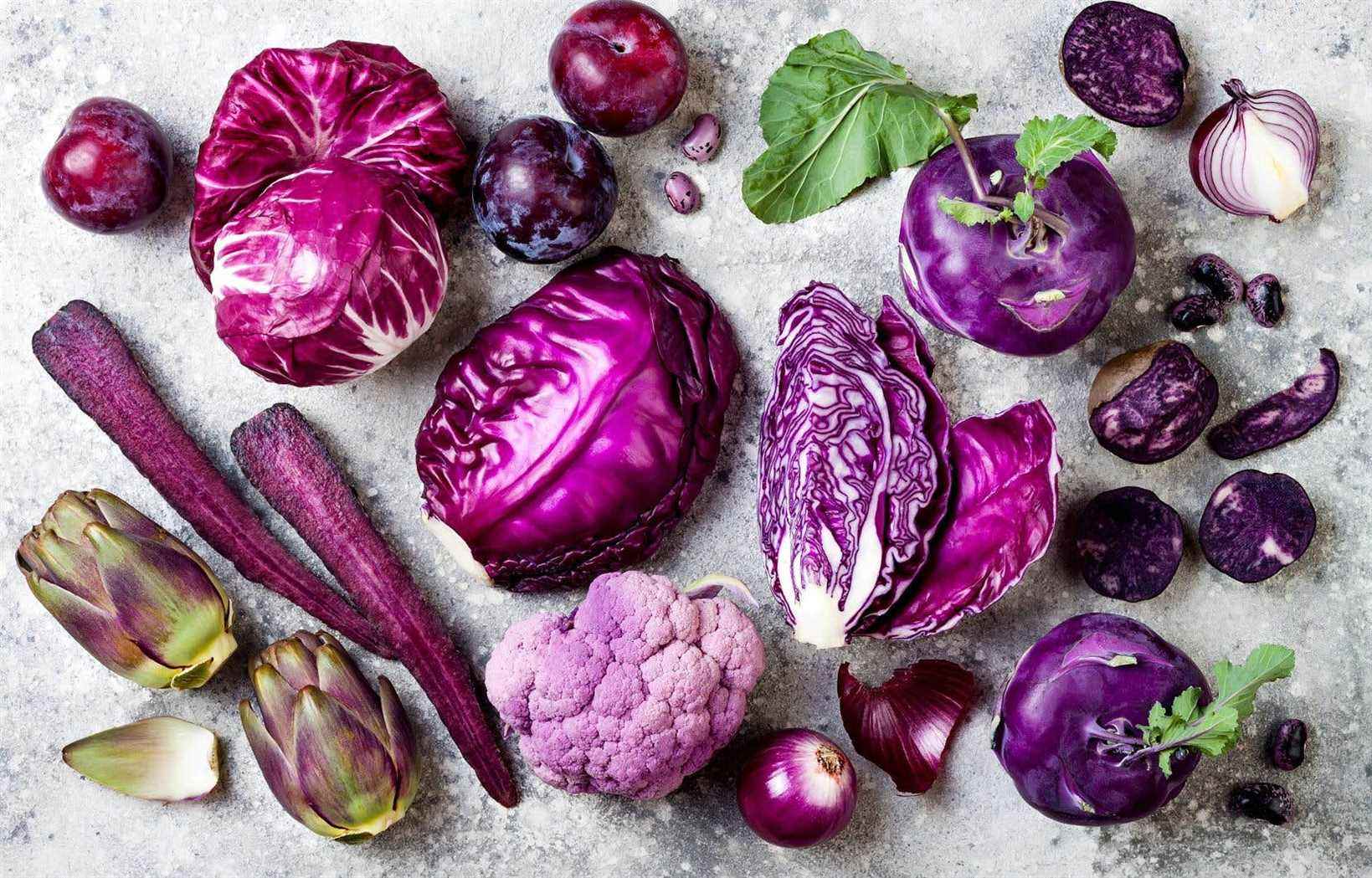This text is part of the special Plaisirs booklet
To invite proximity to the menu, in November, it’s time to …
1. Cooking your pumpkin
We decorated it so that it remains edible. We celebrated Halloween. Now is the time to cook your pumpkin, if you haven’t already! Short on time ? Mash it, freeze it, and cook it later into muffins, cake, soup, bread, or other goodies.
2. Subscribe to an organic winter basket
I said a word about it in October, but allow myself a reminder, since registrations are going well and places are limited. An organic winter basket ensures a solidarity supply of varied local vegetables throughout the cold season, and this, with ease!
3. Tame Jerusalem artichoke
To place it, if we don’t know much about it, Jerusalem artichoke looks a bit like a ginger root, its taste is reminiscent of artichoke and it is cooked like potato (sautéed, roasted, in soup, mashed, in gratin…). It is harvested late in the fall, often even after a first frost. November is the perfect time to invite it to the menu.
4. See life in purple
Have you noticed that among the last autumn vegetables, purple seems to be living a heyday? Latest eggplants, red cabbage, purple kale, radicchio, red onions… and that’s not to mention the blue potatoes, purple carrots and purple cauliflower found at the market! Chase away the greyness and crimson your plates with a seasonal purple!
5. Drink hot
Of course, we love them all year round, our favorite hot drinks. But don’t they seem even more comforting to you when our cold fingers meet the hot cup and the swallowed sip warms us from the inside? Locally, we explore the wide choice of herbal teas and infusions offered by pickers, gardeners and gourmet artisans. And how about a comforting hot spicy apple juice, made with the raw juice of a nearby orchard?
6. Discover the rose hips
Fruit of the wild rose bush, rose hips (rose hips) are at their peak harvested after the first frost. It is found in many areas of maritime Quebec, where pickers, artisans and chefs transform it into juice and fruit jellies, butters, syrups and other delicacies. Preparing it is a monk’s job, since there is little flesh per fruit compared to the seeds that hide in its center, accompanied by small hairs that must be removed. Rosehip products are, in this sense, delicious treasures.
7. Cook the green tomatoes
What gardener does not end up with green tomatoes when he closes the vegetable garden at the end of the season? They can be left to mature indoors, in a paper bag at room temperature. Or turn them into relish, green ketchup, cakes and even jam.
8. Enjoy the leeks
Soups, quiches, leek vinaigrette, savory pies, dips: do not leek to enjoy this slender alliaceae while it is in season. Cook it without restraint and freeze it for when the local version has left the shelves.
9. Roast Brussels sprouts
At the market, you can get your hands on stalks of Brussels sprouts. We can either cut the cabbages ourselves or roast them directly on the stem: spectacular presentation guaranteed! Stemmed or not, these cute mini cabbages are at their best when not overcooked. They are delicious hash browns in a pan or roasted in the oven, with a little oil and salt, until they are al dente and colorful.
10. Start your holiday market visit season
It is in November that the big ball of the Christmas markets begins, which multiplies in the four corners of Quebec. The opportunity to get away from crowded shopping centers more often and to do some shopping directly from local farmers and artisans to spoil loved ones or assemble ingredients for future feasts.
